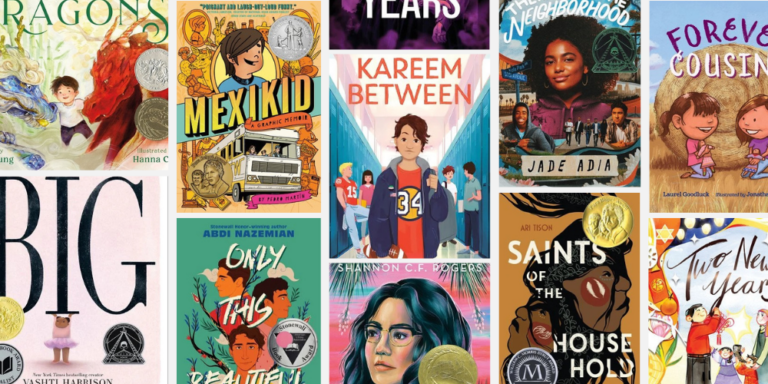My sweet, kind and generous niece vibrates.
Her frontal cortex fires more rapidly than neurotypical kids.
There’s a current of energy running within her as she tries to focus, fidgeting in her chair, leg bouncing like the ball she’s playing with over and over and over again. She’s switching conversation topics faster than I can keep up. She paces in circles around the kitchen island. Her eyes dart around the living room while we talk. Shee gets super excited when I ask her about her favorite subject: basketball.
Do you have someone who “vibrates,” too?
You’re in luck! October is ADHD Awareness Month! This is a time to share information, celebrate the superpowers of kiddos diagnosed with ADHD, and consider strategies to support them in the classroom.
Here’s some of what we know about ADHD:
- Approximately 1 in 9 U.S. children aged 3–17 years have been diagnosed with ADHD, according to a Centers for Disease Control (CDC) survey, using data from 2022.
- Elements of the brains of students with ADHD are completely different from their neurotypical peers, which impacts executive function, self and emotional regulation, and even sleep!
- People with ADHD can sometimes intensely focus on things they find highly engaging, to the exclusion of all else.
- ADHD is strongly genetic, with a biological basis in brain structure and neurotransmitter activity. It does not relate to parenting or lack of discipline.
- ADHD is very manageable. With support like medication, therapy, and lifestyle adjustment, people with ADHD can thrive in school, work, and relationships.
- ADHD often presents differently in females compared to males. Girls may be more likely to have inattentive symptoms, leading to underdiagnosis and missed support opportunities.
Now, let’s talk about the superpowers! Seeing strengths in students with ADHD rather than focusing on deficits creates a better learning climate and culture for everyone.
- Many people with ADHD possess unique strengths, including creativity, out-of-the-box thinking, and a high energy level. They see connections others miss, imagine with few limits, and invent innovative solutions. Boredom is their kryptonite, but novelty is their rocket fuel. These traits can be highly valuable in thinking, learning, and in their future careers!
- The hyperactivity associated with ADHD can be channeled into positive outlets, such as sports, dance, or other physical activities.
- They often have a knack for finding humor in unexpected places and bringing joy to those around them.
- Many students with ADHD are highly intuitive and empathetic. They pick up on subtle cues, sense emotions, and connect deeply with others, making them wonderful friends and allies.
- When a student with ADHD finds their passion, their enthusiasm is infectious, and they bring a vibrant energy to everything they do.
You likely have at least one student with ADHD in your classroom this year. So how can you show them strength-focused support to bring out their superpowers?
- Minimize distractions: Consider ways to ensure your classroom is calm and organized, and reduce audio and visual “clutter.”
- Adapt instruction: Chunk learning tasks, provide student choice, and use multimodal learning to engage students with ADHD.
- Teach organization: To function best, students with ADHD need to learn organizational skills, and tools like timers and graphic organizers to help them navigate their days.
- Foster a positive environment: Build relationships, promote self-advocacy, and celebrate student strengths.
- Provide Individualized support: ADHD characteristics are part of a spectrum! Collaborate with school counselors, special education staff, and school nurses to meet individual needs.
With the information above, you can be a strong advocate for students with ADHD and others who are neurodivergent. Check out our courses for more, and continue to raise awareness about ADHD in October, and the rest of the year!
- 5291: Strengths-Based Support for Neurodiverse Learners
- 5325: Celebrating and Supporting Twice-Exceptional (2e) Learners
- 5420: Educating with Neurodiversity in Mind
Now, excuse me—I have to catch up with my niece. She promised to explain basketball moves to me while I was watching the WNBA.
About the Author

Betsy Butler (she/her) is a Professional Learning Specialist at Teaching Channel. She holds a B.A. in English, a Master’s in Education, and has been teaching since 1992. Betsy uses her three decades of teaching experience to write and revise our courses while selecting the perfect accompanying texts. Her specialty areas include ELA, special education topics, behavior management, and mental health.
Fun Fact: Betsy’s daily conquest is solving the New York Times crossword puzzle!







